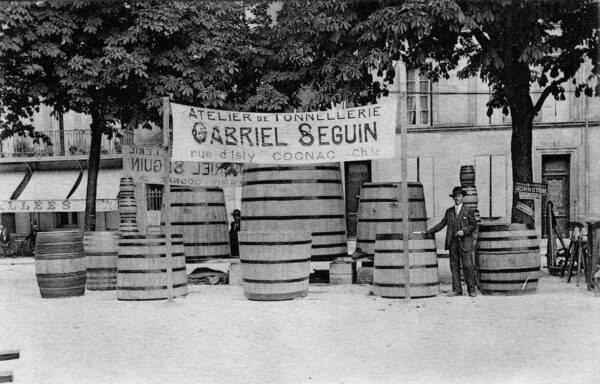
CRAFT COOPERAGE IN COGNAC
The SEGUIN and MOREAU cooperages were founded in Cognac in 1870 and 1838 respectively. Both family companies spent many decades developing top-level craftsmanship.
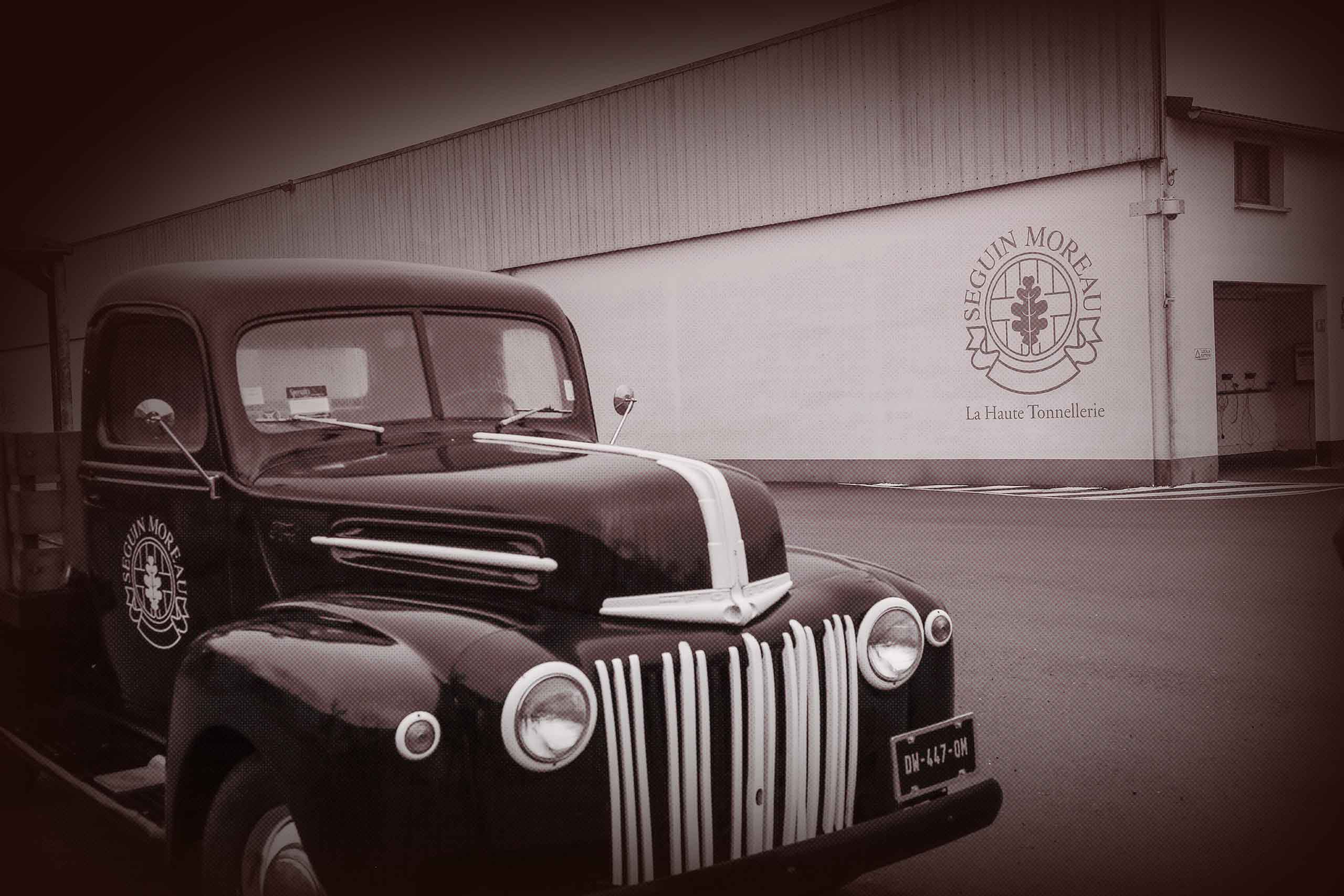
185 years of history, punctuated by innovations, starting in Cognac before spreading to Bordeaux, Burgundy, Napa (USA) and the rest of the world.

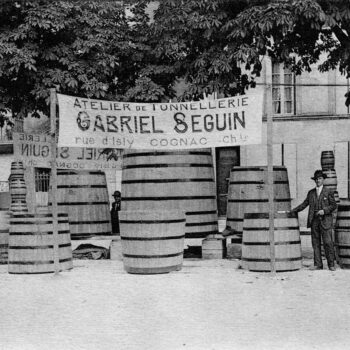
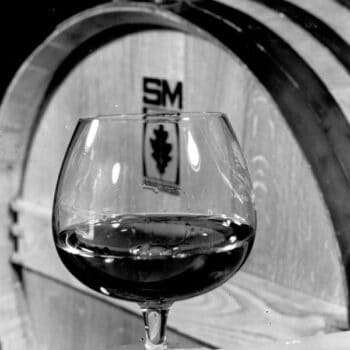
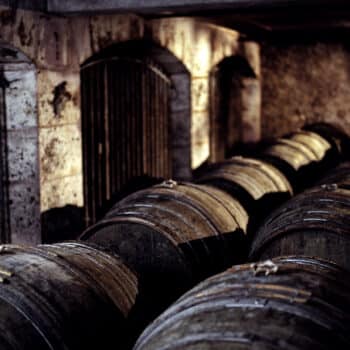
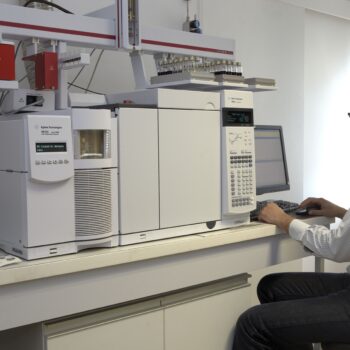
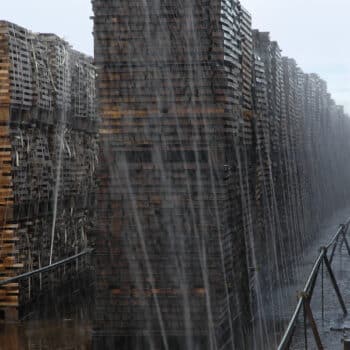
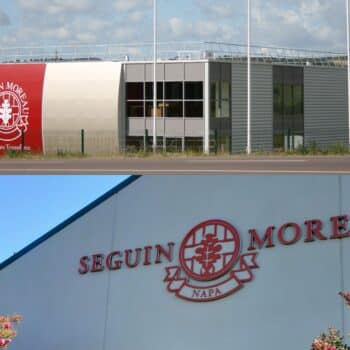
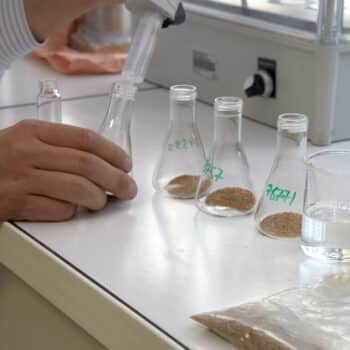

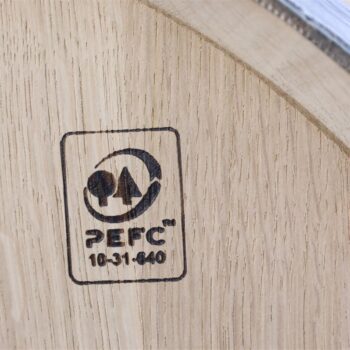
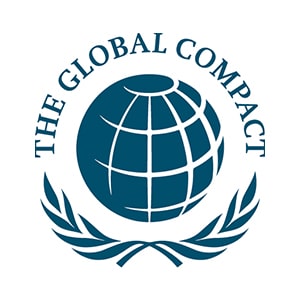
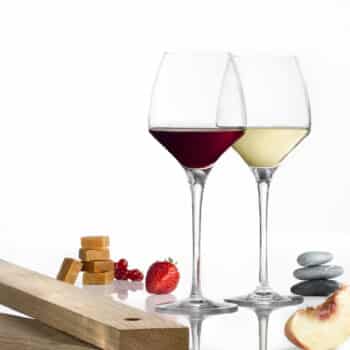
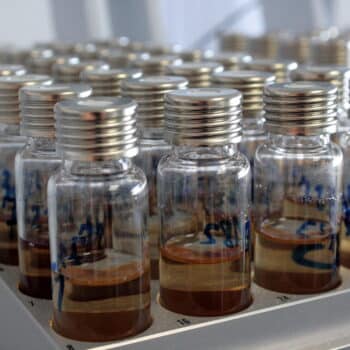
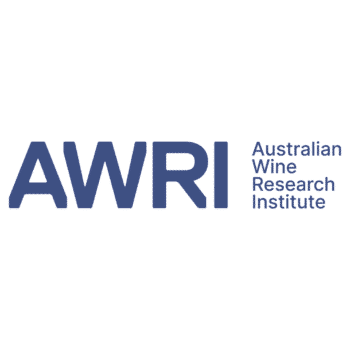
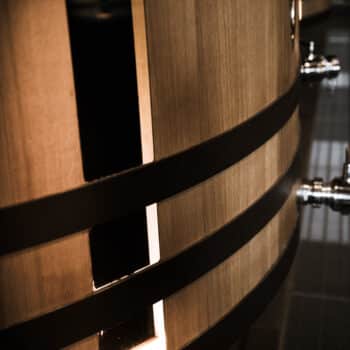
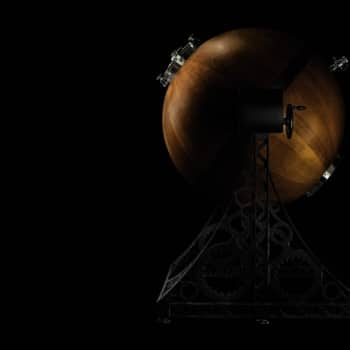
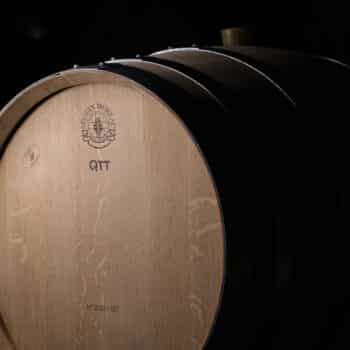
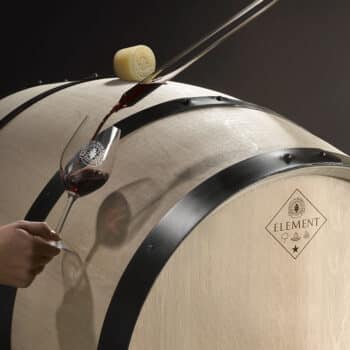

The SEGUIN and MOREAU cooperages were founded in Cognac in 1870 and 1838 respectively. Both family companies spent many decades developing top-level craftsmanship.
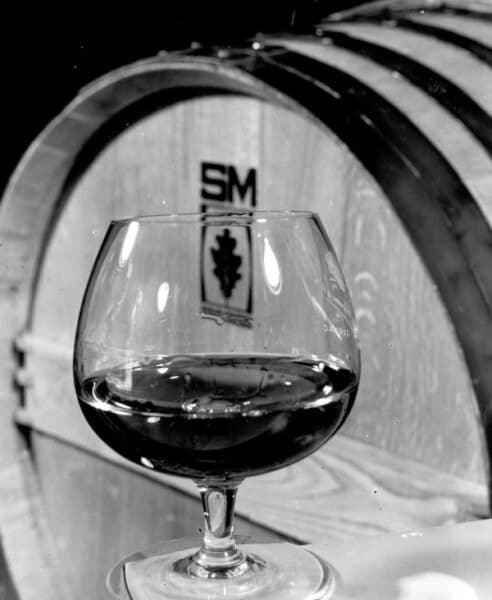
In 1958, the prestigious REMY MARTIN cognac house wanted to gain control of the production of barrels for maturing its spirits, and decided to acquire a majority stake in the MOREAU cooperage. The cooperage then increased its production capacity by incorporating the SEGUIN workshops.
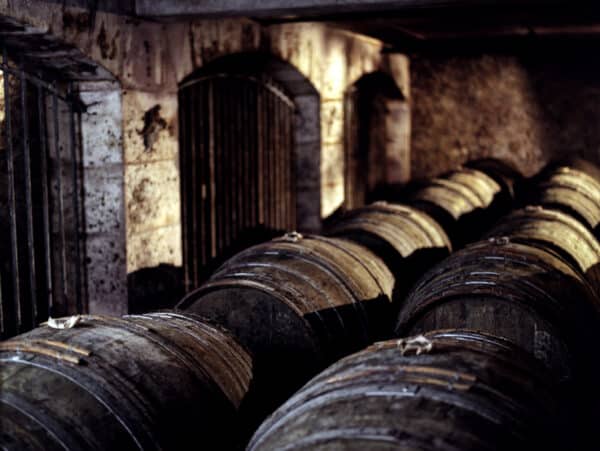
In 1970, REMY MARTIN became the sole owner of SEGUIN MOREAU, which moved from the centre of Cognac town to a site near the new REMY MARTIN facility. After ten years devoted to making oak barrels for use in cognac production, in the 1980s the cooperage decided to diversity its activities, and threw all its passion into serving the fine wine market.
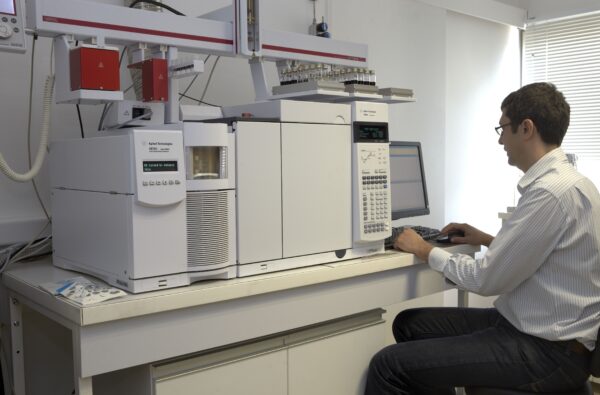
Building on its renowned, ancestral expertise as a cooperage, SEGUIN MOREAU sought to gain a better understanding of the oak, wine and oxygen interactions involved in barrel maturation. And so, from 1978 onwards, the cooperage decided to form a scientific partnership with Bordeaux Faculty of Oenology (ISVV). This is still in place today, and has produced many developments and innovations that have been vital to the wine and spirits worlds.
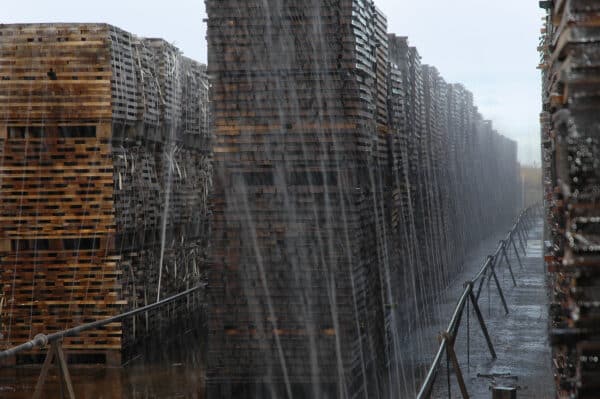
As a result of research programmes conducted by the cooperage and its partners, the 1980s saw the preparation of major patents to develop the cooperage world and endow SEGUIN MOREAU with a unique offering. From 1985 onwards, the cooperage began perfecting its process of proactive oak maturation (link to Our Patents and Publications page), a vital stage in barrel production. Then, in 1989, SEGUIN MOREAU patented an oenological barrel toasting process called ‘Bousinage’ that is now used by all cooperages.
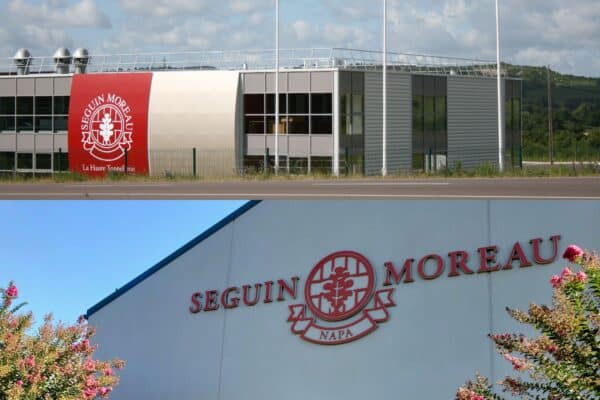
In order to support wine regions and clients on the ground as effectively as possible, SEGUIN MOREAU opened a series of workshops in Napa (USA) then in Chagny (Burgundy, France).
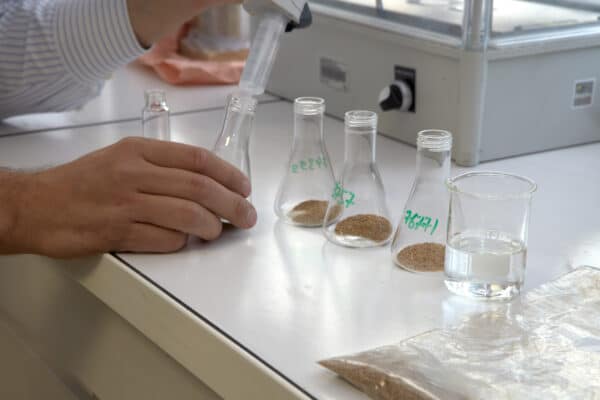
In 1998, SEGUIN MOREAU introduced the concept of wood analysis to perfect the use of barrels as an oenological tool. It took 12 years of research, analysis and testing to bear fruit, in what was named the ‘ICÔNE’ process.
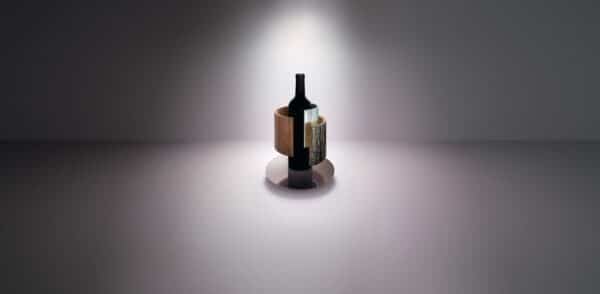
Seguin Moreau joined the Sabaté Diosos group, which in 2003 subsequently became OENEO.
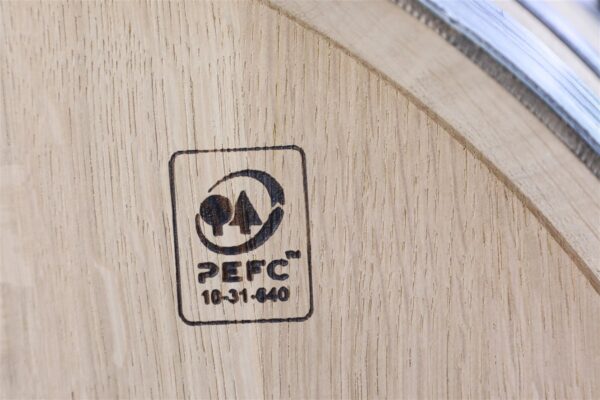
In 2005, SEGUIN MOREAU obtained PEFC certification, making it the world’s first certified cooperage.

This is the year when SEGUIN MOREAU took a pioneering role by joining the UN Global Compact and gained ISO 22 000 certification. These were the first steps in a commitment rooted in the cooperage’s DNA.
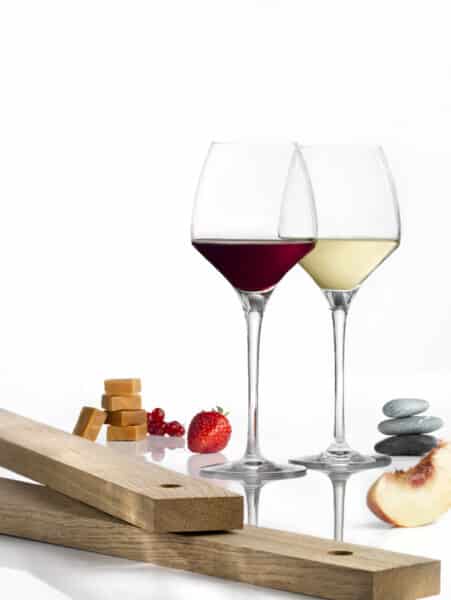
SEGUIN MOREAU launched its first oenological products as part of efforts to translate its expertise across all wines. The direct result of cooperage know-how, SEGUIN MOREAU’s ‘staves’ were presented via a range known as OENOSTAVE. 2008 also saw the launch of the AQUAFLEX toasting process and the patenting of the hatch flush with the bottom head (link to large container patents) for large containers. This was a year of many innovations for all of SEGUIN MOREAU’s activities.
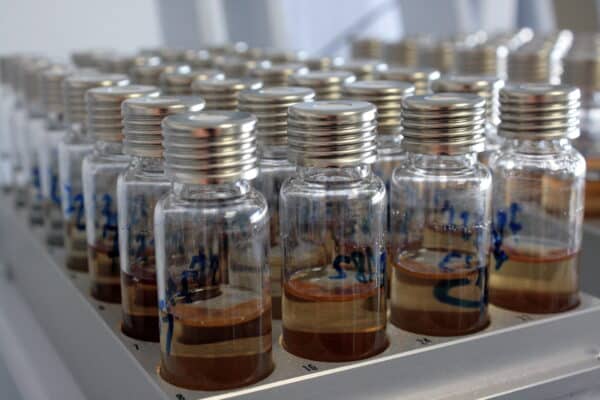
In 2009, the cooperage also established its own in-house laboratory at its Merpins workshop. A genuine revolution for the cooperage world, its location next to the production process allowed just-in-time analyses to be performed on scalding water – analyses certified by the independent EXCELL laboratory, and enabled pre-delivery barrel inspections.
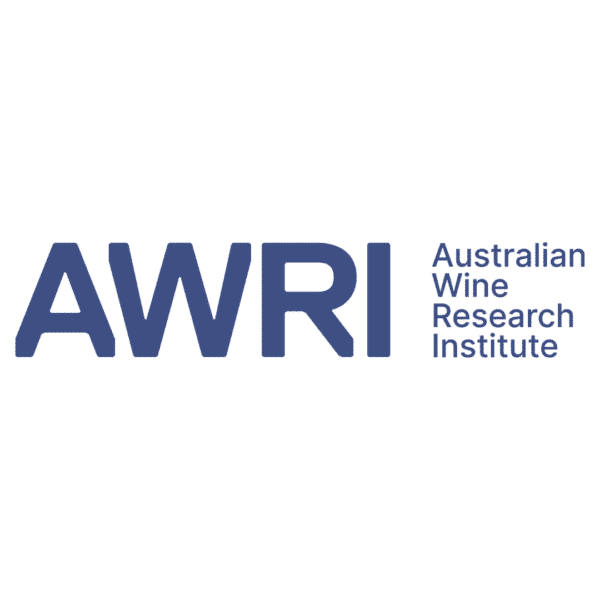
A research programme with AWRI in Adelaide to research lactone precursors.
The wood analysis project launched in 1998 was released: the ICÔNE process or the oenological potential of wood. This range made from 100% French oak was subsequently enriched with American oak, a disruptive approach for the cooperage world, offering a target organoleptic yield that can be repeated vintage after vintage.
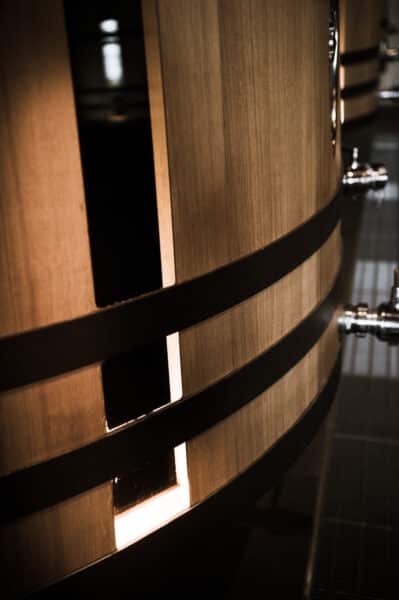
After consistently improving its products at a technical level and pioneering its vision of the importance of wine tourism for its customers, in 2013 the cooperage patented the clear stave process. This innovation enables visitors to see alcoholic fermentation in large containers, and was unveiled at the famous Château MOUTON ROTHSCHILD winery.
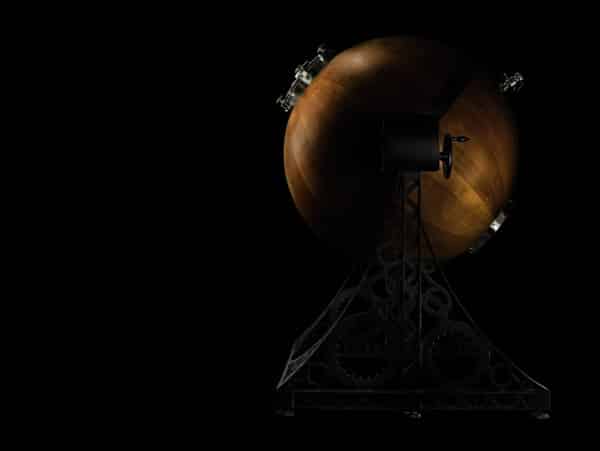
GalileOak is the first 15hl spherical oak barrel. Benefiting from a unique, patented production process, this vat is an expression of both tradition and modernity. Its unique nature is thanks to two particular features: its shape and its 360° rotation system. It also has a hatch that enables monitoring of all the steps in the maturation process.
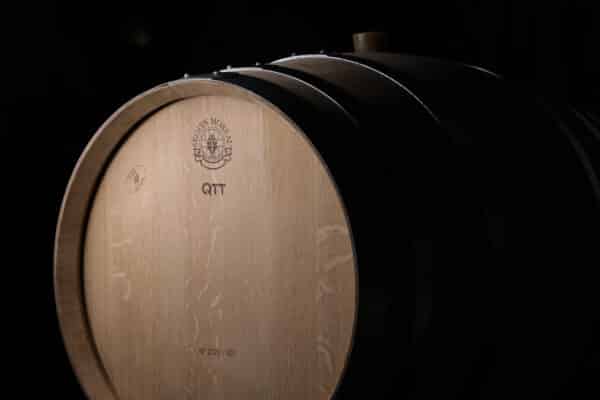
The result of a collaboration between ISVV, REMY MARTIN and SEGUIN MOREAU, a new molecule was discovered that explained the balance of flavours. Measured using high performance liquid chromatography (HPLC) paired with Fourier transform mass spectrometry (FTMS), this molecule – named QuercoTriTerpenoside – gave rise to the QTT barrel.
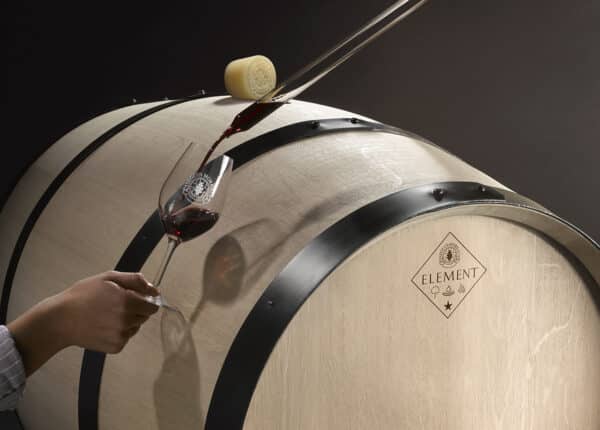
Against a backdrop of global warming and the desire to preserve fruit freshness, SEGUIN MOREAU diversifies its ranges and launches ELEMENT. This new approach completes the range of barrrels on offer.